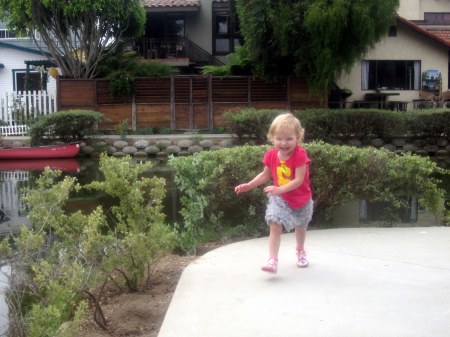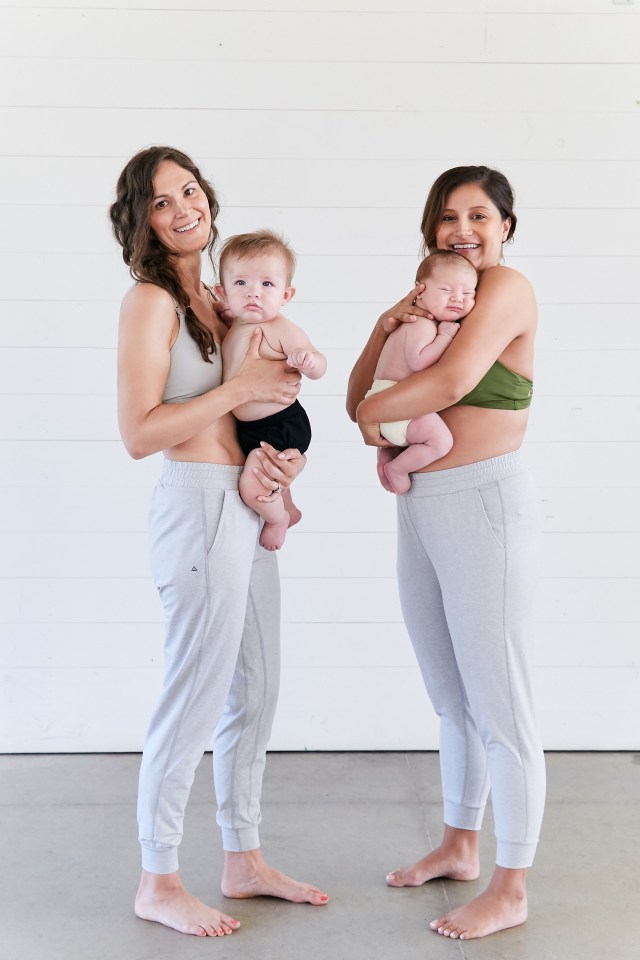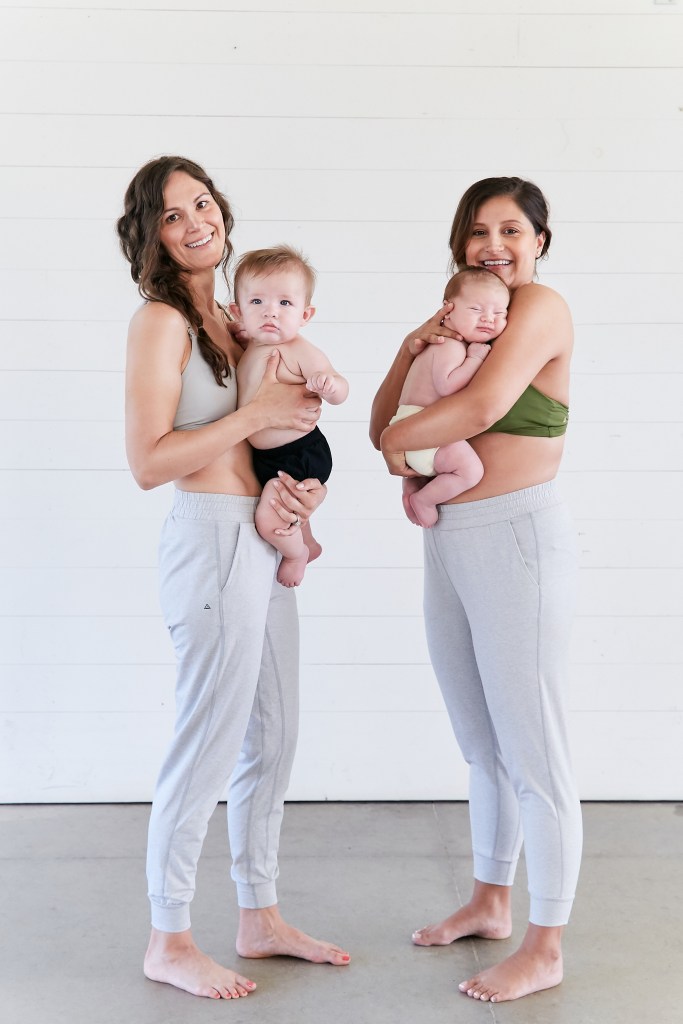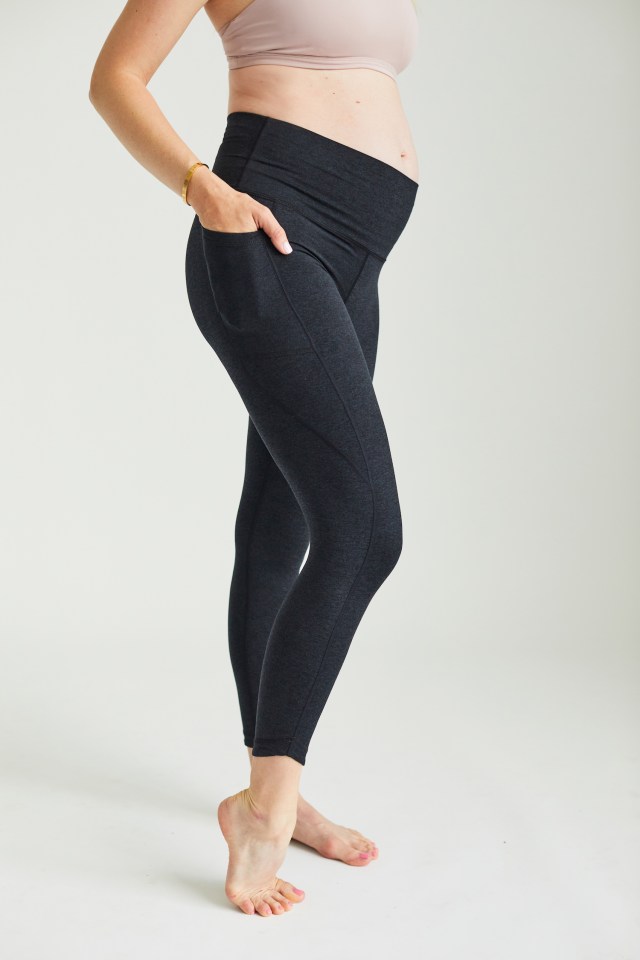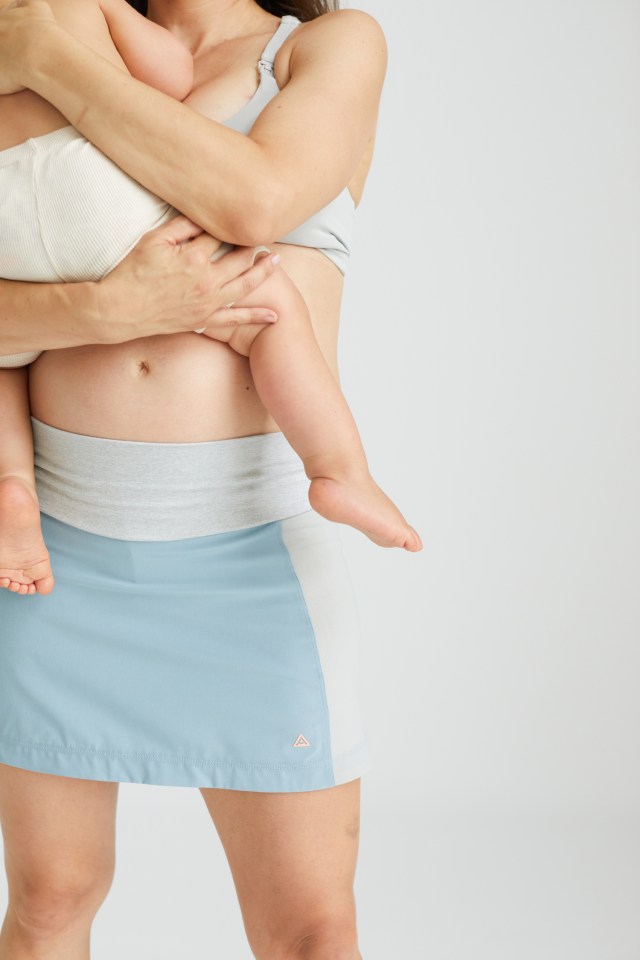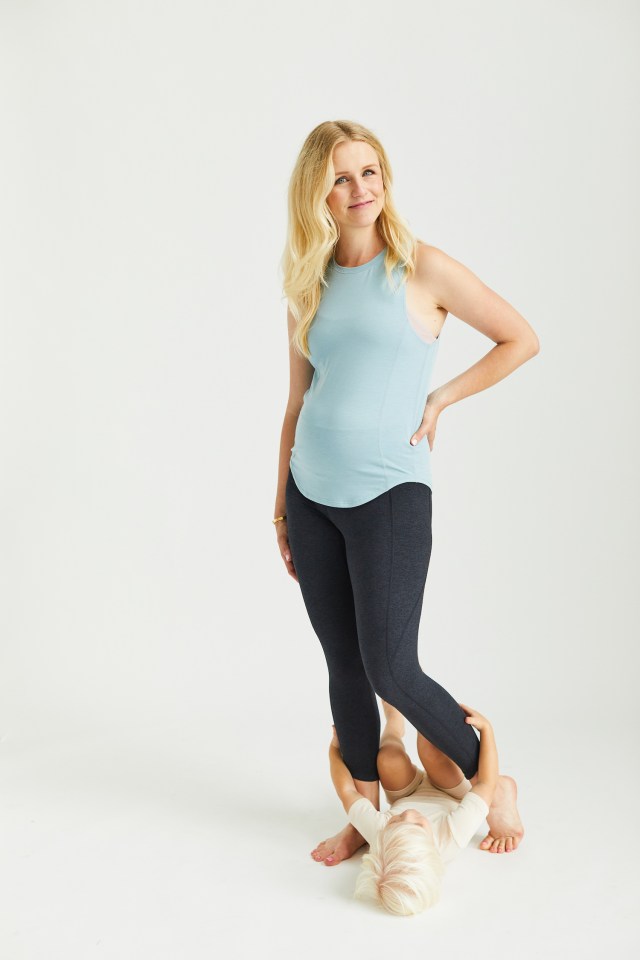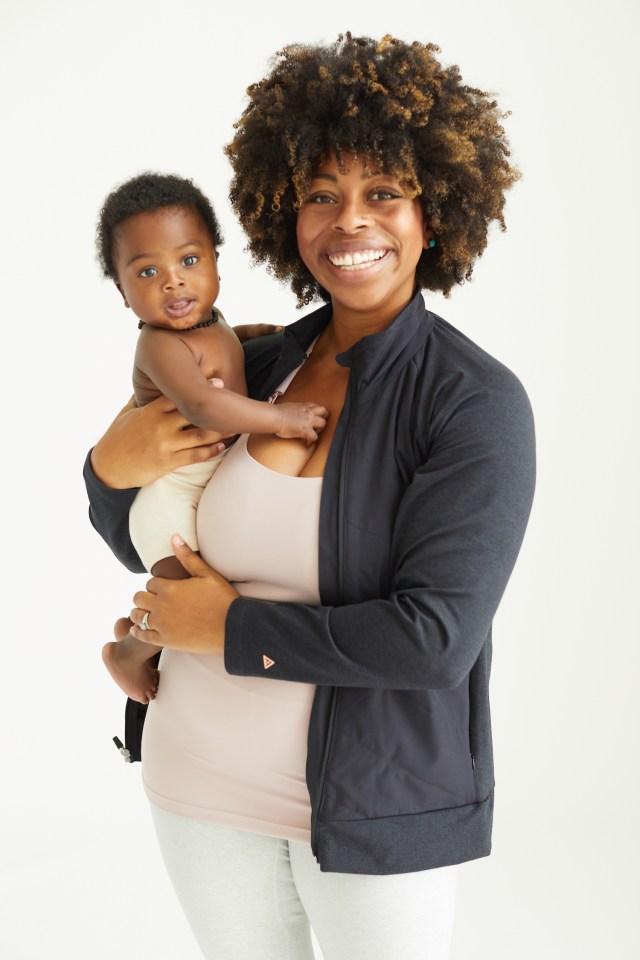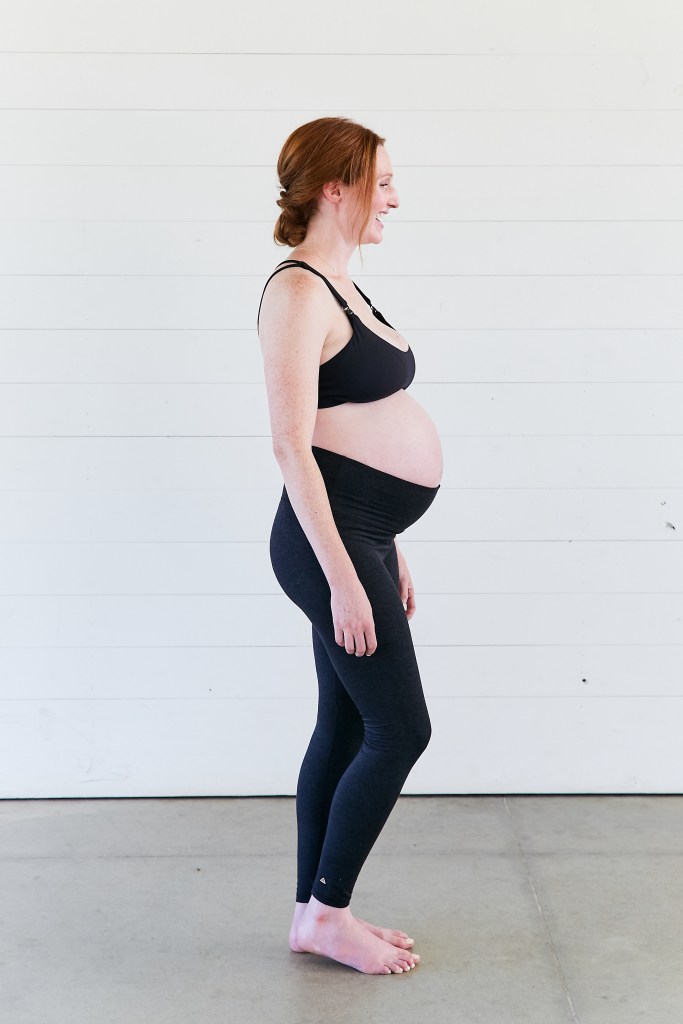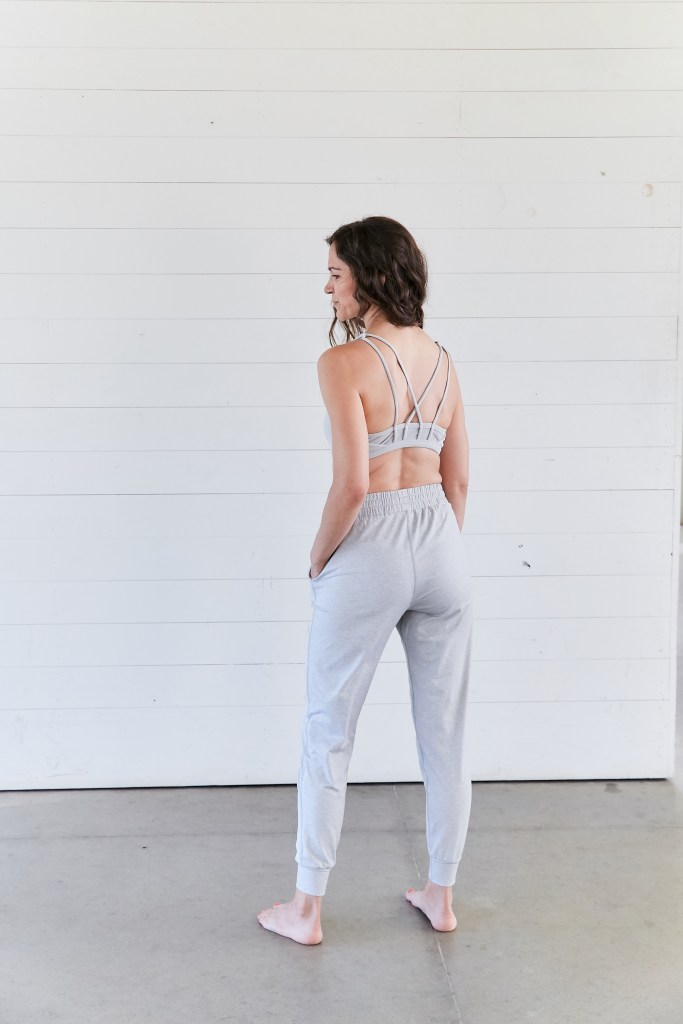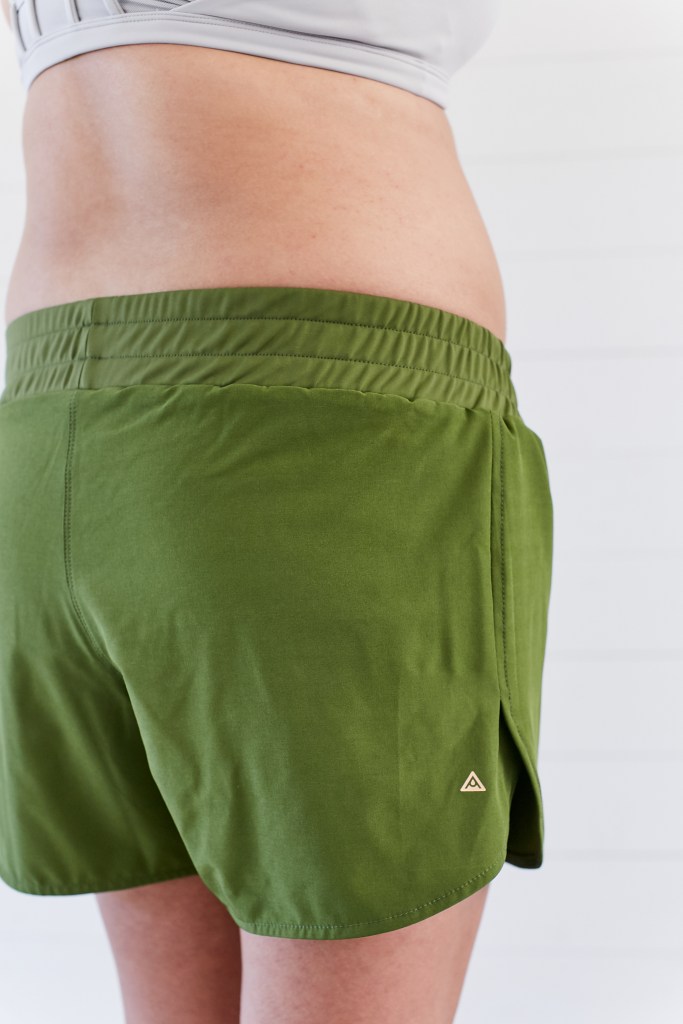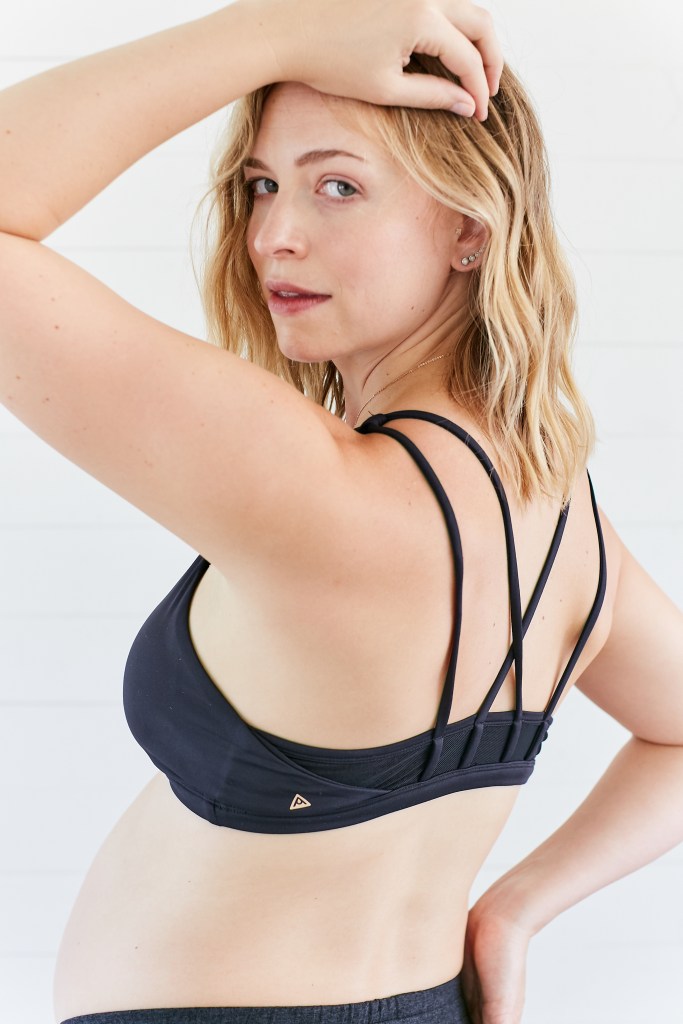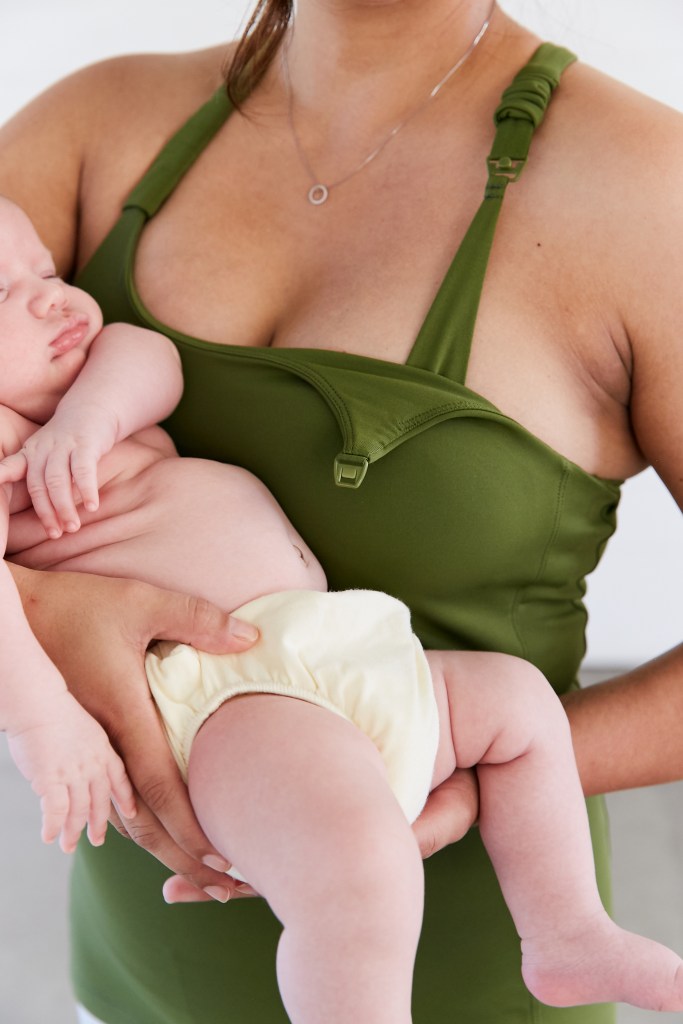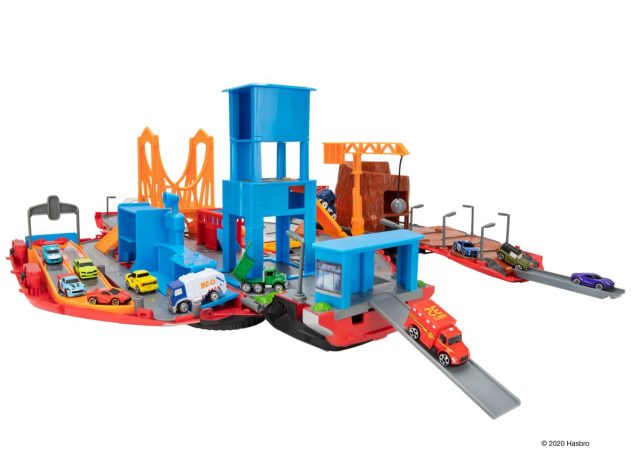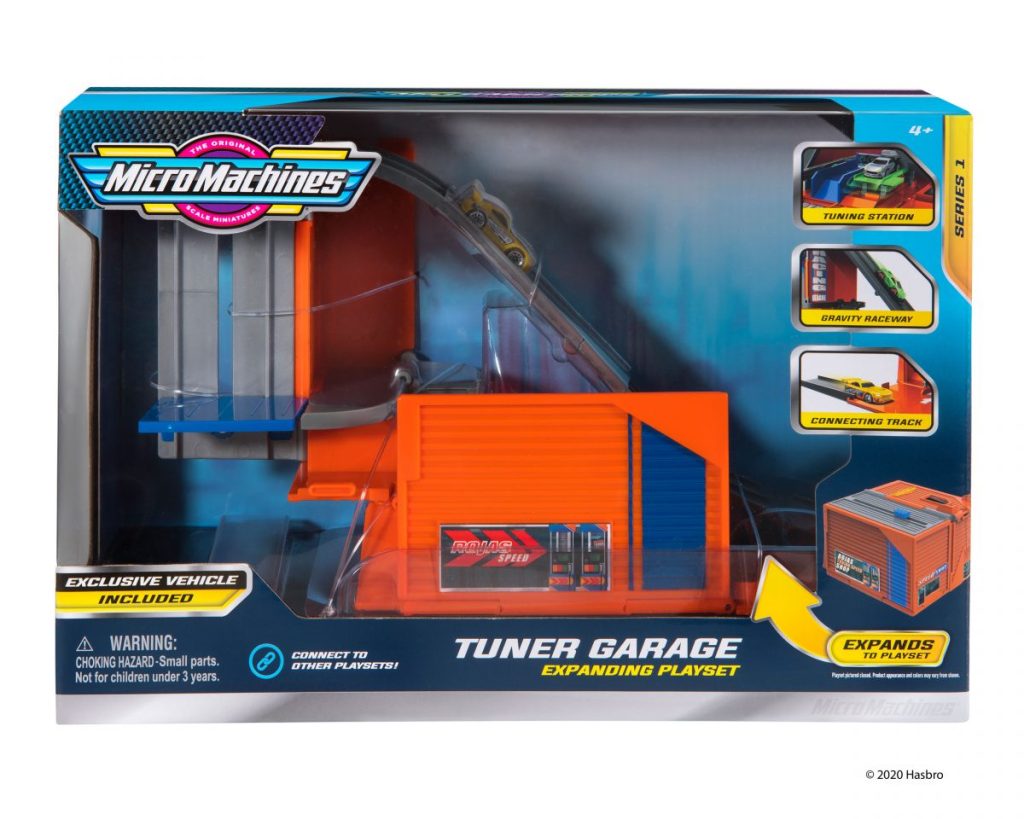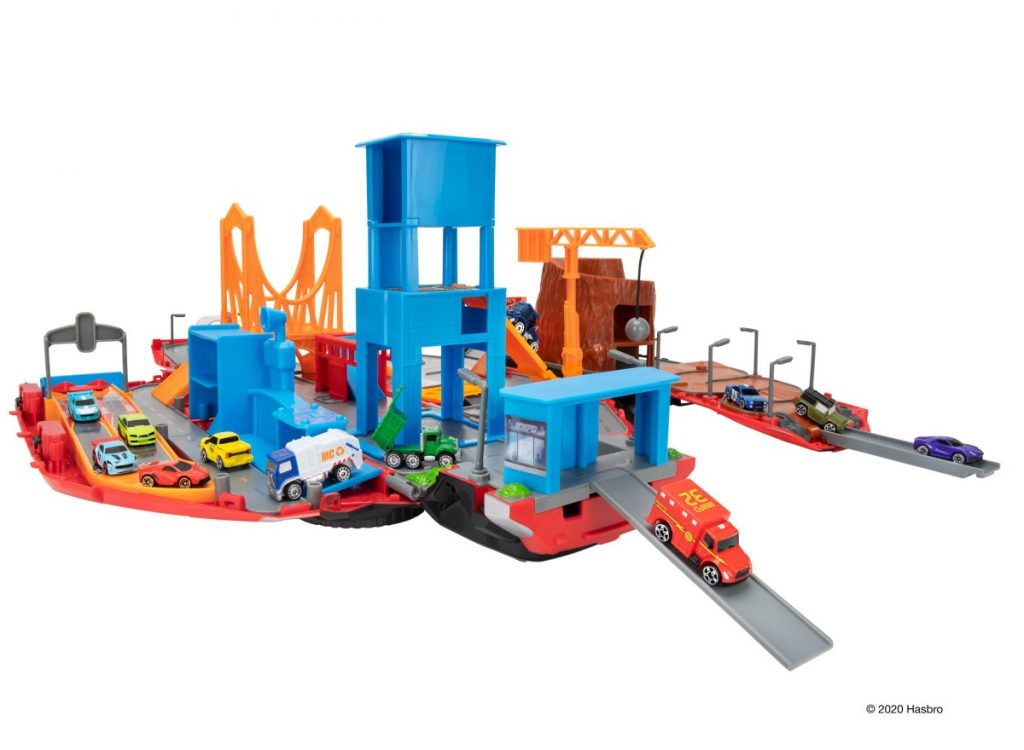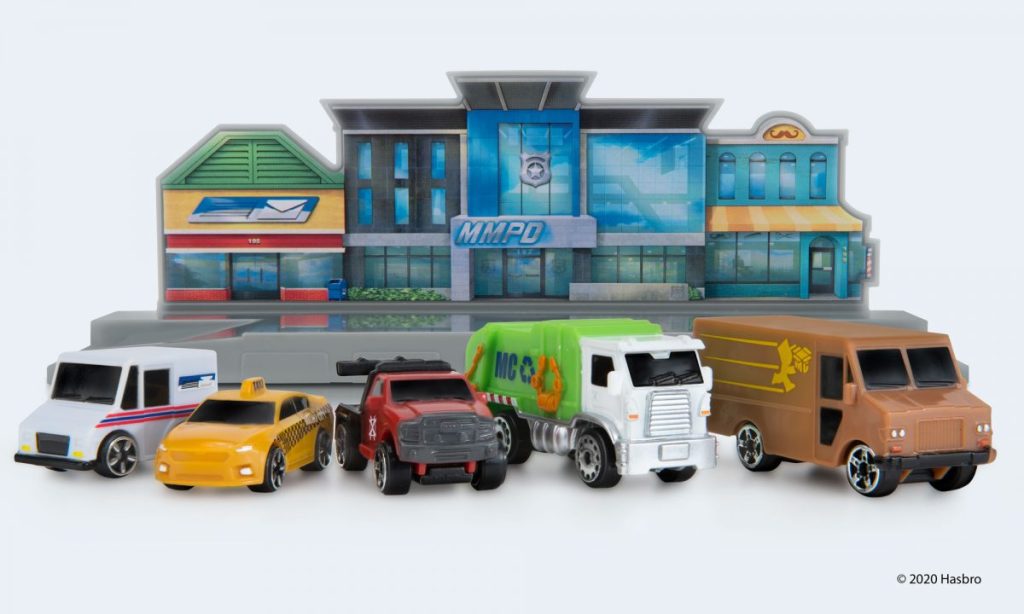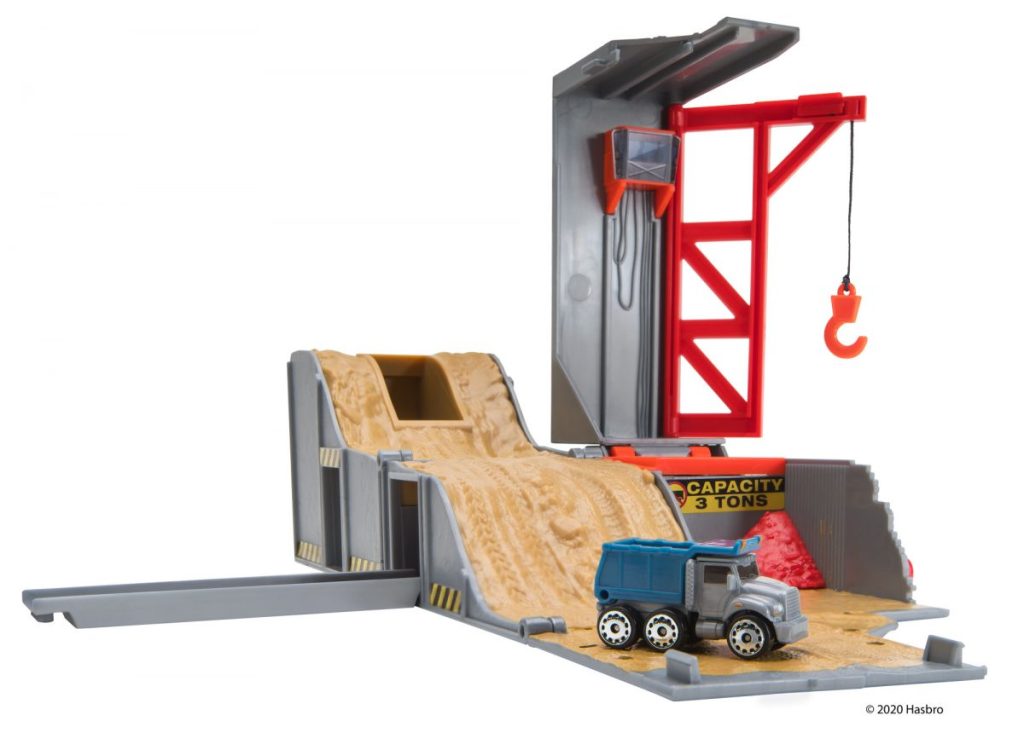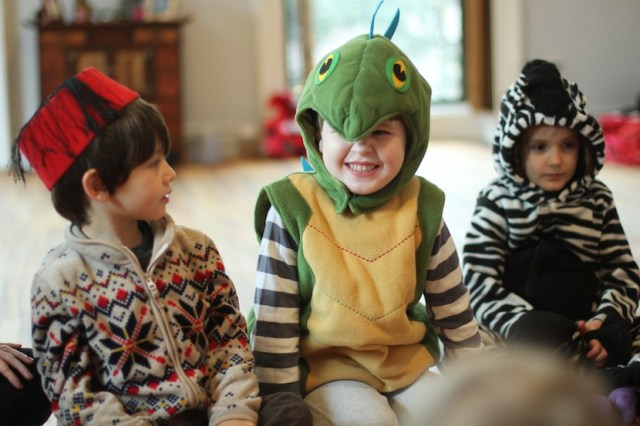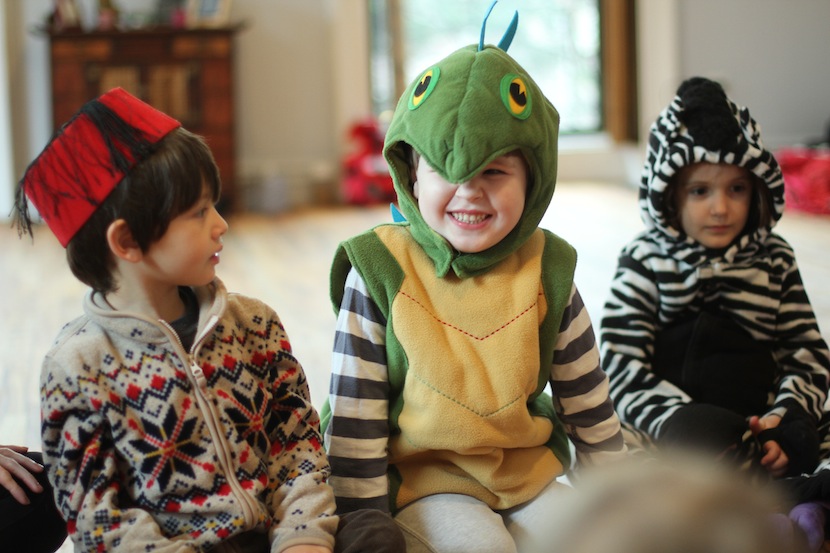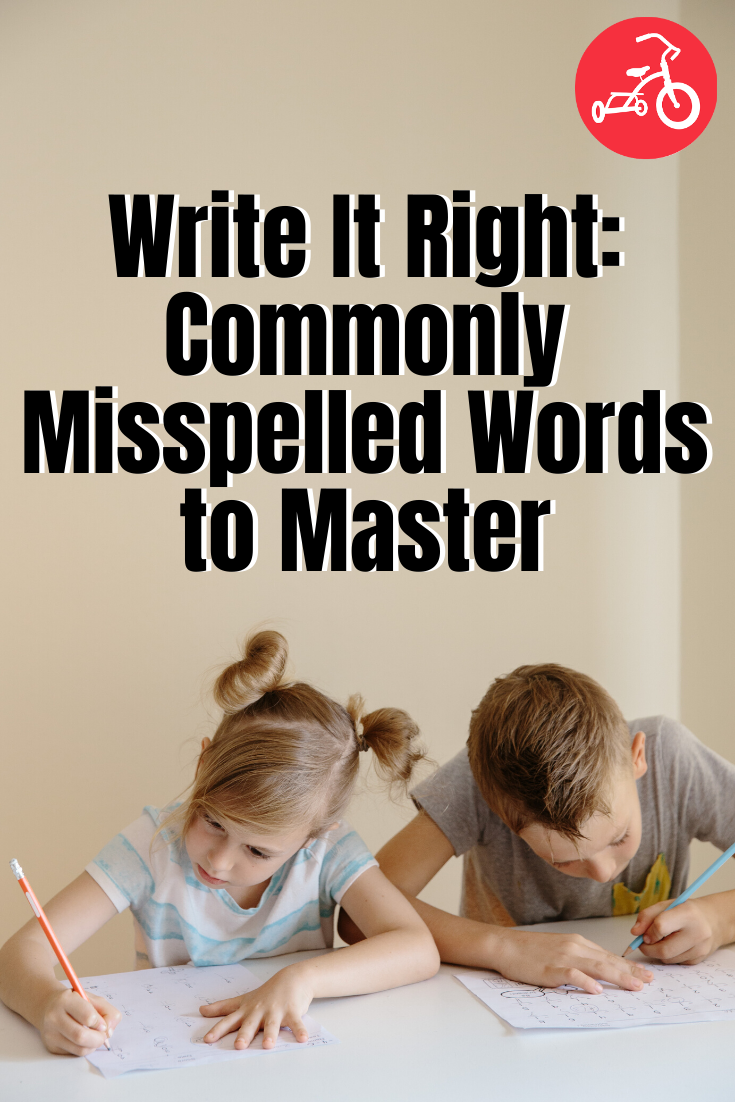Looking for something fun and out of the ordinary? The Venice Canals are a perfect outing for families of all ages. Moms love tucking their little bundles into the stroller for a scenic walk while older kids dart around looking for ducks and race across the many arched bridges.
Tucked just a few blocks from the famous Muscle Beach and Venice Pier, this network of man-made canals were built in 1905 by developer Abbot Kinney as a homage to Venice, Italy. Back in the day gondolas took tourists on a tour while today small boats and canoes belonging to homeowners are moored along the route. Four canals stretch east-west, Carroll, Linnie, Howland, and Sherman while the Eastern and Grand Canals run north-south. This quaint neighborhood feels like a hidden pocket of Los Angeles, and the quiet atmosphere and fresh, ocean air does wonders!
When to Go: Year around, which is why we love this easy trip. During the winter months, the temperatures may be chilly and foggy (with cooler temperatures stretching into the spring) while the summer months provide cooling ocean breezes.
How to Get There: Aim for the intersection Dell and South Venice Blvd. Heading West on Venice Blvd., this will land you smack in the middle of the canals.
Parking: Parking is plentiful if you make the trip on a weekday. Look for spots at the top of the canals. Street cleaning is Tues. from 8:30 a.m. to 10:30 a.m., so parking can be difficult. Weekends are always busy so hedge your bets and get there early.
Good to Know: Beachside is always cooler than expected, so always have a light jacket or cover up on hand. Yes, even in the summer!
What to Do: The walkways and bridges make a fun runway for kids of all ages to explore. Armadas of ducks float along the canals, the occasional pelican swoops in for a bite of fish, plus there are plenty of butterflies, squirrels, and housecats that make for a fun game of I Spy. Note that while most of the sidewalks along the canals are shielded by bushes, there are open spaces for the kids to get close to the water, so you’ll want to keep a hand on little ones. Signs are posted requesting visitors to not feed the ducks, but you might want to pack a few morsels of bread, just in case (wink wink).
Lunch Spots: Abbott Kinney is a short 5-10 minute walk from the canals and is brimming with places to shop and eat. Lemonade (1661 Abbot Kinney Blvd., Venice) is the closest destination and situated on the corner of Abbot Kinney and Venice. The chic buffet serves up light salads, specialty sandwiches, and the kid-perfect macaroni and cheese—not to mention refreshing blueberry lemonade. A surefire food fix is Abbott’s Pizza Company (1407 Abbot Kinney Blvd., Venice) where you can grab a slice or order up a pie.
Cost of Trip: Free, unless food or other souvenirs are desired.
Bonus: For some retail therapy for the children, hit up Burro Goods on Abbot Kinney (1409 Abbot Kinney, Venice). The boutique has lovely gifts, adorable clothes, and unique books and games.
First and third photo courtesy of Lara Burnap; second photo courtesy of Emily Stanchfield via Creative Commons
—Lara Burnap
RELATED STORIES:
30 Fun Activities to Do in Santa Monica With Kids



